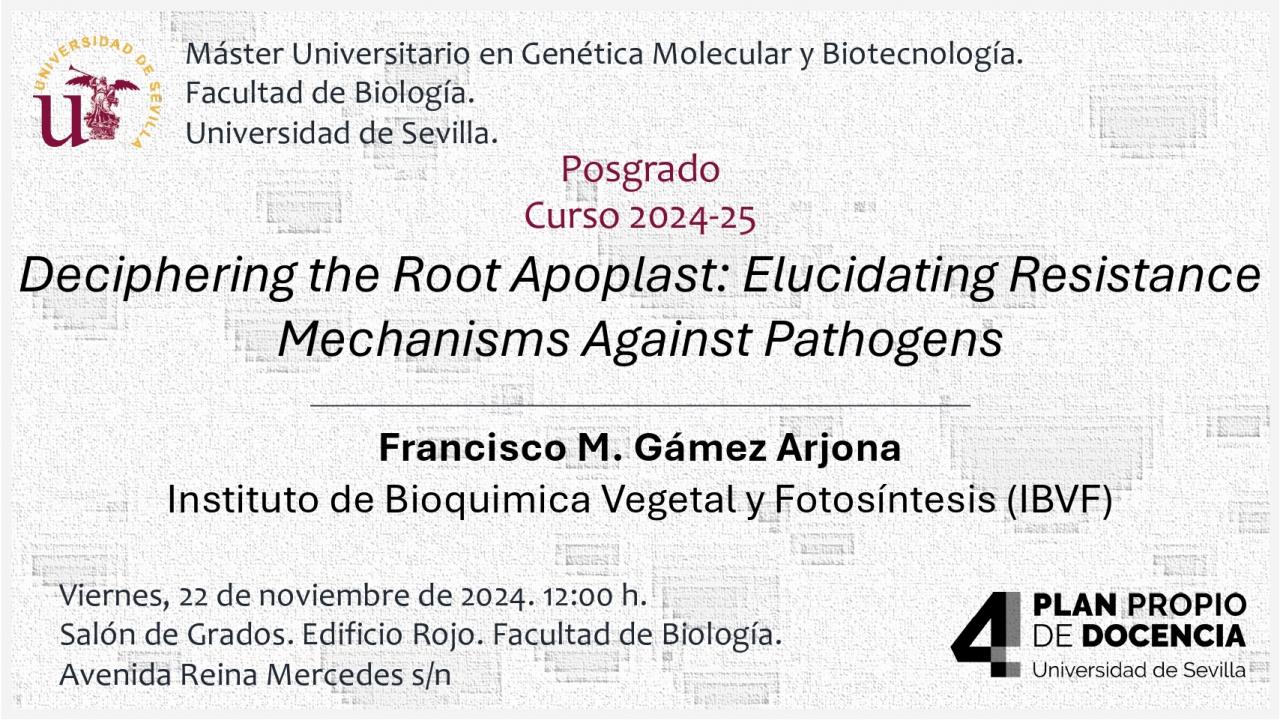The root apoplast emerges as a sophisticated first-line defence system against diverse environmental challenges, particularly fungal invasions. Fusarium oxysporum represents a particularly devastating soil-borne pathogen, wreaking economic havoc by infecting over 100 crop species, including tomato, banana, cotton, and cereals, and causing catastrophic vascular wilt diseases that can obliterate entire agricultural harvests.
Our research fundamentally challenged long-standing assumptions about fungal infection mechanisms by investigating fungal cellulase's role in pathogenicity. Through strategic genetic manipulation, we generated a Fusarium oxysporum strain lacking the CLR1 transcription factor—a key cellulase production regulator— and we demonstrated that cellulose degradation is not a prerequisite for infection. The mutant strain revealed a complex infection strategy: enhanced early-stage virulence through compensatory mechanisms that activated alternative virulence pathways and suppressed plant immune responses. Intriguingly, the mutant's inability to metabolize cellulose ultimately compromised its long-term growth and reproductive capabilities, underscoring the nuanced relationship between cellular metabolism and pathogenic success.
Beyond the dynamics of fungal cellulases, our research explored broader root apoplast interactions during pathogen attacks. We discovered that strategic manipulation of plant nutrition can significantly alter apoplastic properties, thereby enhancing plant resilience against Fusarium oxysporum infection. Our investigations also identified potential plant molecular elements that might serve as infection guides, offering promising avenues for developing advanced plant defence strategies.
Understanding the intricate plant-pathogen interactions within the apoplast, particularly during the initial stages of infection, is vital for combating Fusarium oxysporum, often referred to as the "silent killer" due to its late detection. Our research provides unprecedented insights into these early interactions, paving the way for more effective disease management approaches.
Francisco M. Gámez Arjona (IBVF).



 Traductor de Google
Traductor de Google

